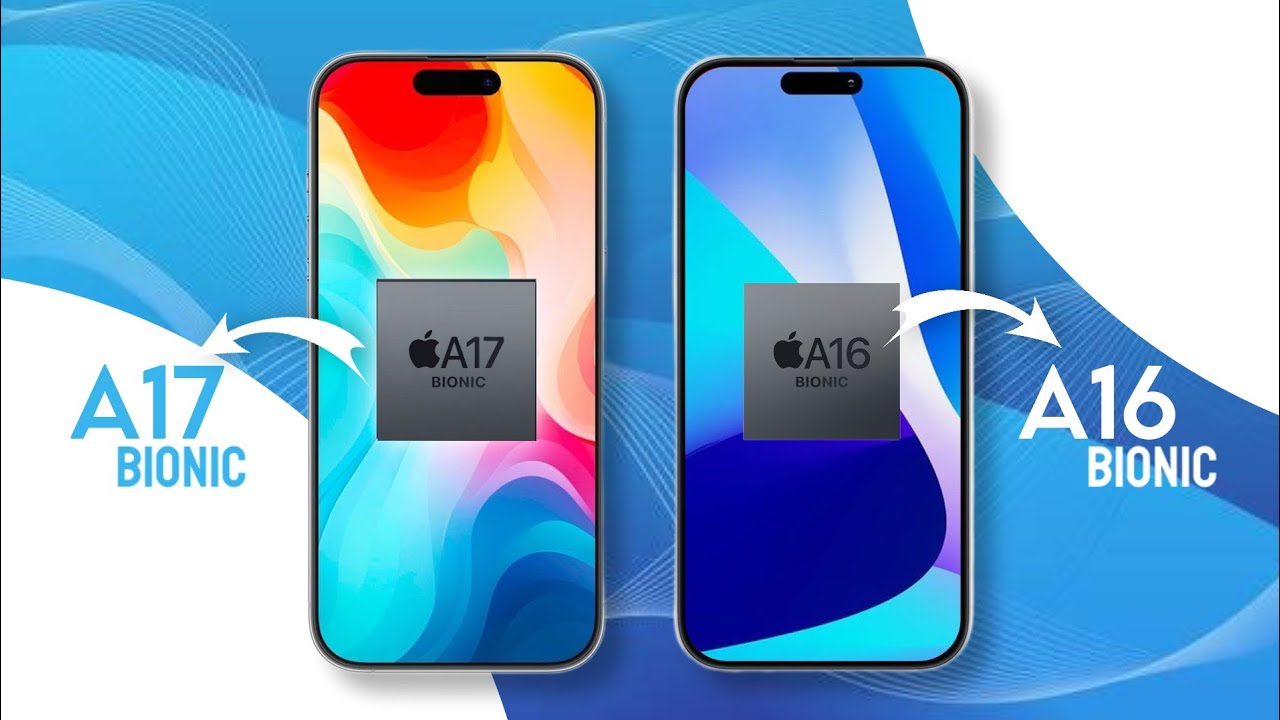
Let's break down the key differences between the A17 and A16 chips, covering performance, architecture, energy efficiency, and their compatibility with new technologies.
Internal structure improvements
Building upon the A16 architecture, the A17 chip features a more advanced 3nm process from TSMC, resulting in higher transistor density, improved performance, and enhanced energy efficiency.
Computational power
Ready for a performance upgrade? The A17 chip's 20% faster CPU, combined with new high-performance cores and faster memory, delivers a significant boost to multitasking and complex task handling on the iPhone 14.
Energy usage
Want to enjoy your iPhone 14 without worrying about battery life? The A17 chip's 15% improvement in energy efficiency ensures you can use your device longer between charges.
GPU performance
With a 30% improvement in graphics performance, the A17 chip makes the iPhone 14 series ideal for gaming and professional graphics applications. It also supports advanced display technologies like HDR10+ and higher refresh rates for a more immersive visual experience.
AI-powered features
Apple's commitment to AI and machine learning is evident in the A17 chip's enhanced Neural Engine, which offers a 40% increase in processing speed for AI tasks like facial recognition and augmented reality on the iPhone 14.
Future updates and support
Investing in an iPhone 14 powered by the A17 chip means you're not just getting a great phone today, but also future-proofing your investment with support for a wider range of devices, including potential AR devices.
Everyday advantages
Ready for a faster, smoother iPhone experience? Upgrading to an iPhone 14 with the A17 chip can deliver noticeable improvements in app loading times, gaming performance, and overall device responsiveness.
Final analysis
Ready to experience the future of mobile computing? The A17 chip's superior speed, enhanced graphics, and better energy efficiency make it a worthwhile investment for iPhone users looking to stay ahead of the curve.